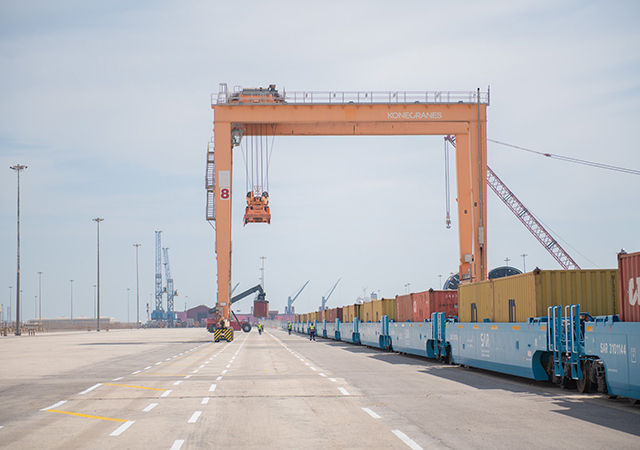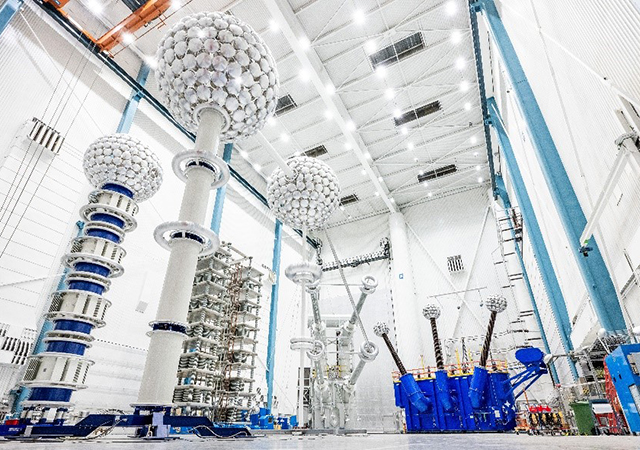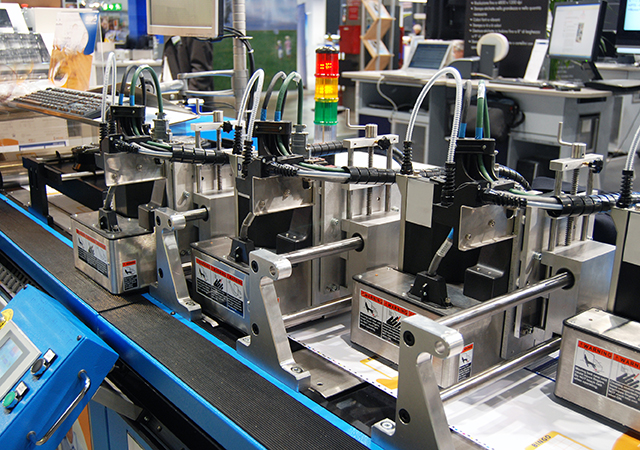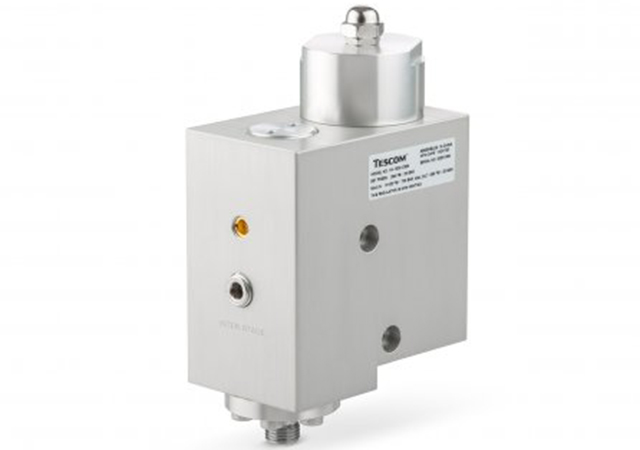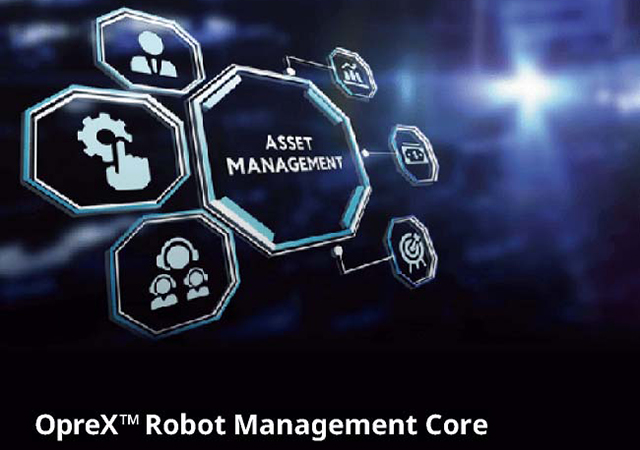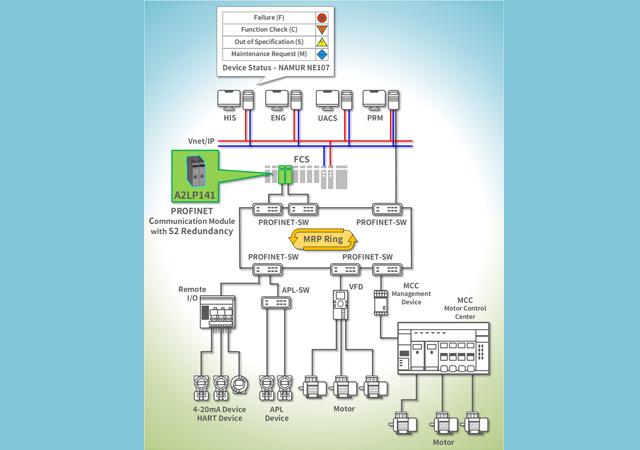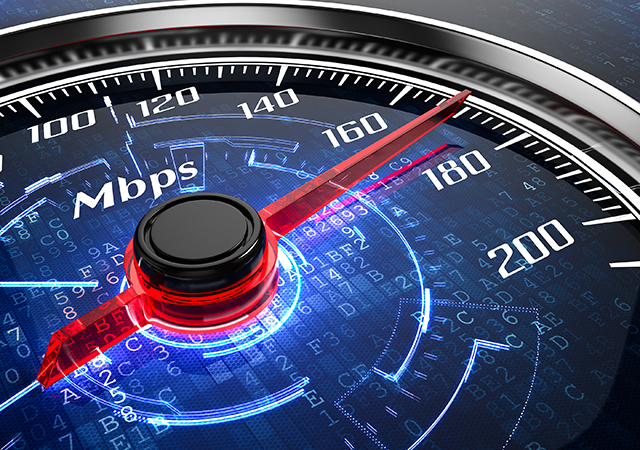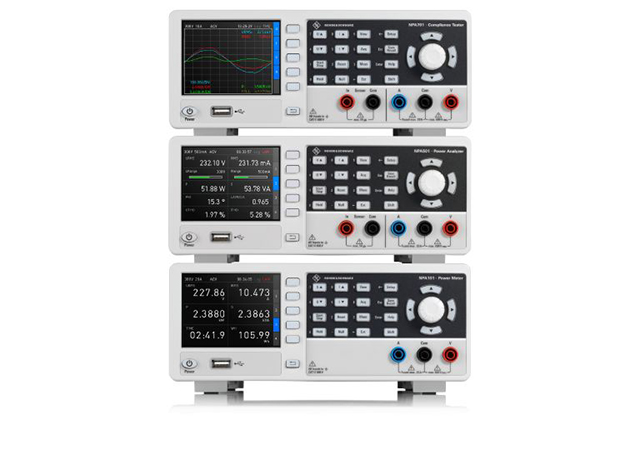
 The scope of drones can be definitely expanded
The scope of drones can be definitely expanded
The application of drones, or unmanned aerial vehicles (UAV), is increasing among industrial companies in the GCC region and, whilst these uses might not receive the same attention as more eye-catching innovations such as drone deliveries, the industrial sector will see the greatest benefits in the short to medium term (one to three years). The industrial arena is also where drone technology can mature and demonstrate the diversity of its capabilities before being implemented more widely.
Drones represent a means of doing more with less, which makes them perfect for increasing efficiency on large scale projects in sectors such as construction, utilities, agriculture, manufacturing, transport and logistics. Inventory checks, land surveys, infrastructure inspections, routine surveillance and monitoring are just some of the ways they are being used to deliver real business value at a price point private sector companies are willing to consider.
However, companies in the GCC need to assess how drones should be incorporated within their environments to ensure safety, reliability and, most importantly, regulatory compliance – an area which is still playing catch up when it comes to the advances in drone technology. Off-the-shelf drones (such as hobby drones and many of the models that can be ordered online) are at most best for technology demonstrations, but would not meet the rigors of world class industrial quality and safety standards. It is the responsibility of firms to ensure the drones which are finally deployed are configured appropriately and thoroughly tested.
 |
|
Drones which are finally deployed should be configured appropriately and thoroughly tested |
There is definitely an opportunity to expand the scope of drones but it is important to remember they are merely another data acquisition channel and we mustn’t lose sight of the true value they provide – the data itself. This data must be integrated within an organisation’s ERP in a seamless manner that allows decision makers access to the information at the right time and location. In this way decision making quality is enhanced, which is the ultimate benefit of the technology. Often data acquisition is improved when it is correlated with the flight data itself and the ability to disseminate this information across multiple platforms becomes a key driver in deriving real-world advantages.
The burgeoning use of cognitive algorithms that enable data to be analysed in new and unprecedented ways is also going to boost the use of drones going forward. The ability of innovative computational resources to analyse data gleaned from drones to detect patterns (as an example: traffic flow to incident detection to scale of incident and scaled emergency responses) is going to revolutionise how entire cities are managed.
Drones will be able to do quick scans of neighbourhoods and detect the waste levels in smart bins that can then optimise waste collection routes that save costs and minimise environmental impact. These are just a few of the ways that drones are going to start making an impact and many more are yet to come. Many organisations are in the “holding pattern” waiting to see how this technology matures and develops and, while most have not ruled them out, adoption will be driven by government regulation, safety, reliability and ultimately the cost/benefit calculus.



